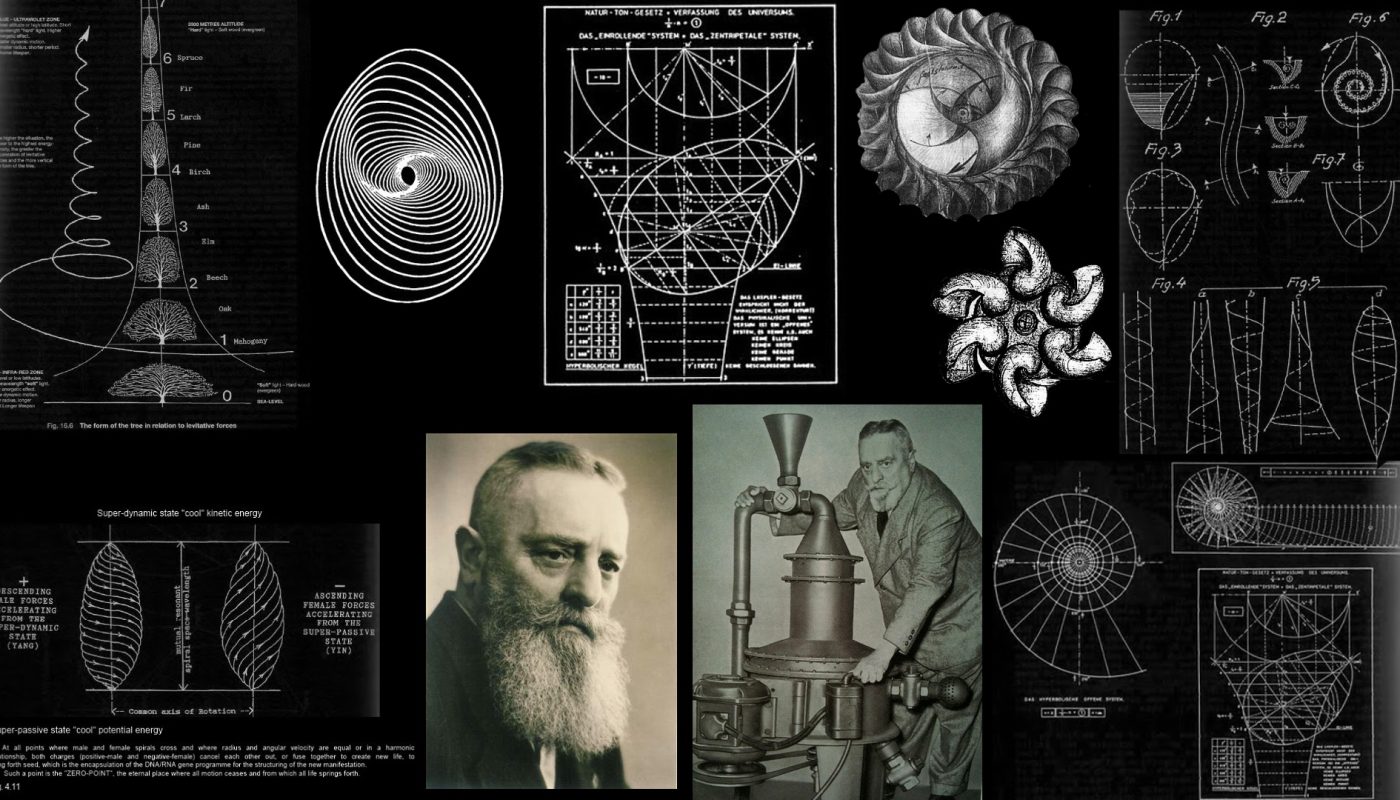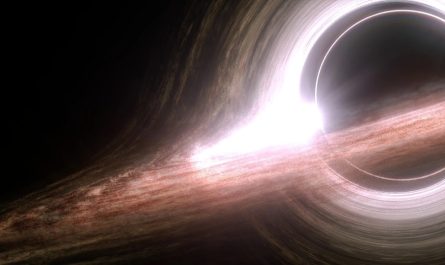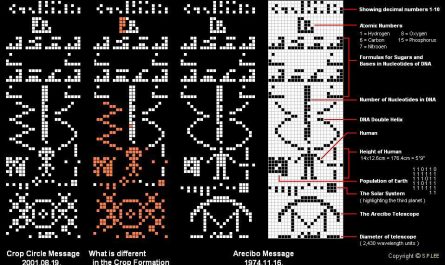Viktor Schauberger (1885–1958) was an Austrian forester, natural philosopher, and inventor. His bold theories about water and air flow challenged scientific norms. Fascinated by nature’s hidden laws, he studied how energy moved and regenerated within natural systems. Over time, his work became linked with mystery and speculation — especially claims of his role in Nazi “flying saucer” projects.
The Visionary Behind Natural Energy
Schauberger noticed that nature rarely moves in straight lines. Instead, it follows spirals, curves, and vortex flows. He believed these swirling patterns were not random but essential to nature’s power and efficiency. From trout gliding against strong currents to the spiral growth of plants, he saw the vortex as a universal principle of motion.
His motto summed up his philosophy:
“Understand nature, then copy it.”
The Repulsine – A Machine Born from the Vortex
One of Schauberger’s most intriguing inventions was the Repulsine, a disc-shaped machine designed to use vortex motion for lift and propulsion.
Design and Function
The Repulsine contained spiral turbine blades that rotated rapidly, creating zones of low pressure and intense air movement. Schauberger believed this implosive motion could generate lift and replace the explosive combustion used in normal engines.
The Implosion Principle
Conventional engines rely on explosion — the outward release of energy that wastes power and harms balance. Nature, however, works through implosion — the inward pull that concentrates and renews energy. Schauberger viewed implosion as cleaner, stronger, and more sustainable than any man-made explosion.
Wartime Involvement and Conspiracy Theories
During World War II, Schauberger’s research attracted the attention of Nazi engineers.
Forced Cooperation
In 1943, he was forced to work on secret German projects. His goal was to develop advanced propulsion systems based on the Repulsine concept.
Aftermath and Speculations
Some reports claim prototypes were built, yet no proof shows they ever flew. After the war, rumors spread that Schauberger had helped design Nazi “UFOs.” No reliable evidence supports these claims, but they continue to fuel conspiracy theories today.
Post-War Research and Legacy
After the war, Schauberger returned to peaceful science. He focused on water purification, vortex turbines, and clean energy systems inspired by natural motion. He believed that understanding nature’s principles could lead to sustainable technologies and restore balance to the planet.
Though mainstream science ignored much of his work, modern researchers are revisiting his ideas. His focus on natural flow and energy efficiency now aligns with the goals of renewable energy and environmental design.
A Man Ahead of His Time
Viktor Schauberger was not only an inventor but a visionary thinker. His studies of vortex motion and implosion energy offered a completely new view of propulsion and sustainability. Many of his concepts remained untested, yet his ideas continue to inspire engineers and dreamers searching for harmony between human progress and the natural world.
Schauberger’s legacy reminds us that true innovation often begins where conventional science stops — in curiosity, observation, and the courage to see nature as the ultimate teacher.



